Iceland’s rich history tells the story of this unique, remote island in the Atlantic Ocean. An Island that saw Viking conquests and centuries of Norwegian and Danish rule. It also lived an Allied occupation during World War Two, right through to becoming the independent republic it is today.
If you’re wondering ‘when was Iceland discovered?’, ‘who found Iceland?’ and ‘when was Iceland settled?’, stick around. We have all the answers right here in our complete Iceland history guide. Let’s dive into the intriguing stories that make up the history of this fascinating country through the centuries!
Where is Iceland?
First, where is Iceland? Located at the meeting point of the Eurasian and North American tectonic plates, Iceland is a subarctic island in the Atlantic Ocean. Believed to have first appeared above the surface of the ocean between 16 and 18 million years ago, Iceland is a relatively young island. Aptly nicknamed ‘the Land of Ice and Fire’, this geologically active country is scattered with volcanoes, lava fields, glaciers and geysers.
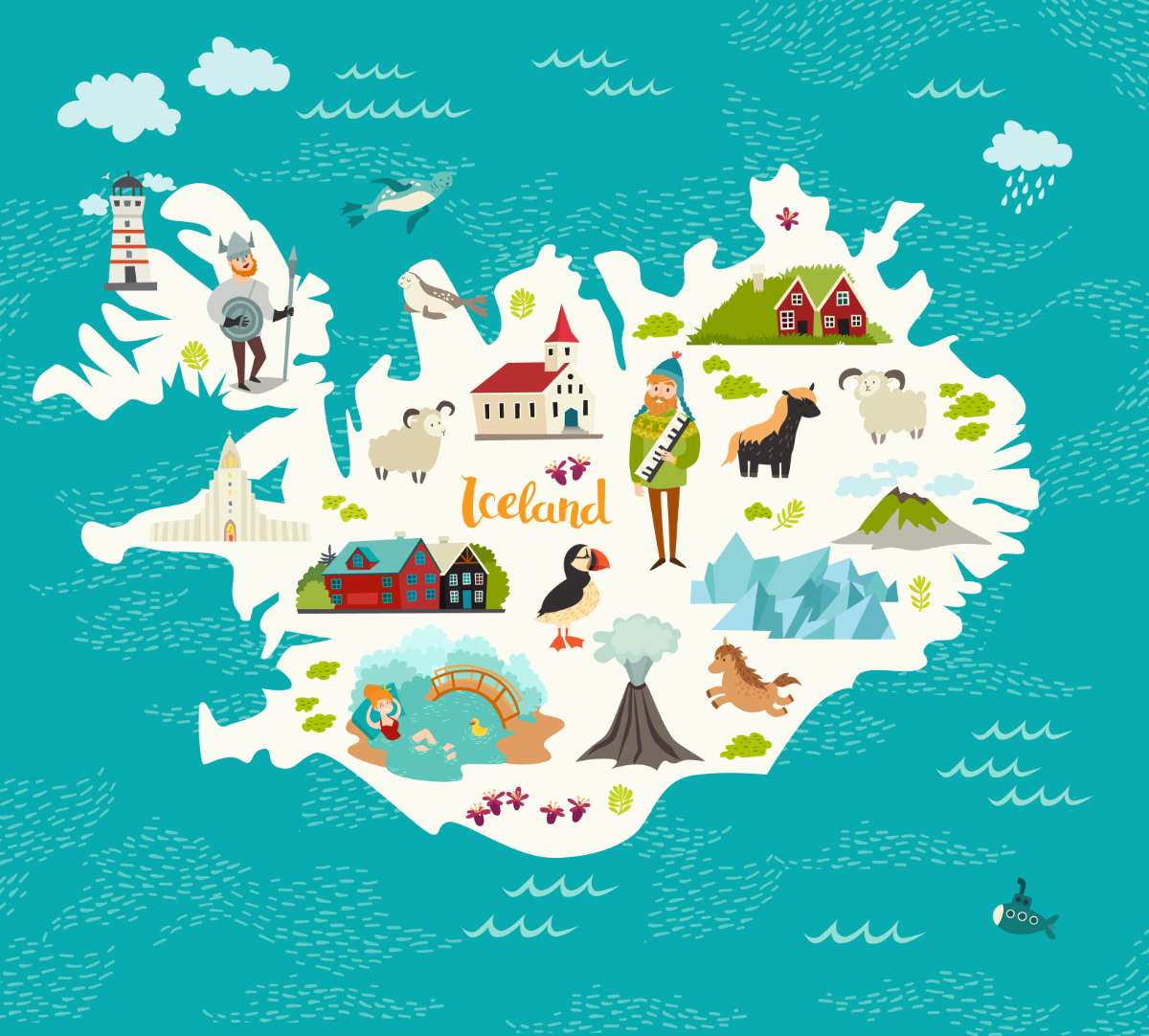
Who Found Iceland and When Was Iceland Discovered?
Next up in our Iceland history guide, let’s explore who first discovered Iceland and how they came across this remote island.
It was actually Vikings who first discovered Iceland when their ships were blown off course. This happened not only once, but twice, on two separate voyages! The first Norwegian Viking to discover Iceland was a man called Naddod. He was sailing from Norway to the Faroe Islands in 861 and was blown off course, causing him to discover Iceland, which he called Snowland.
Naddod was followed by Gardar Svavarsson, a Swedish Viking, whose Viking ship was blown off course on his voyage from Sweden to the Hebrides. That makes him the second Scandinavian explorer to land on Iceland. Gardar the Swede, as he was known, became the first person to circumnavigate Iceland and determine it was an island.
Gardar founded the modern town of Húsavík in the north of Iceland and named the island ‘Gardar’s Island’. He then sailed home to tell his fascinating Iceland discovery story.
In 867, another Norwegian Viking called Floki Vilgerdarson became the first person to intentionally set sail for Iceland and find it. Forced to stay on the island longer than planned due to the fjord he needed to sail out of being blocked by ice, he named the country Iceland. It was not until the 870s until the first permanent settlers arrived in Iceland.
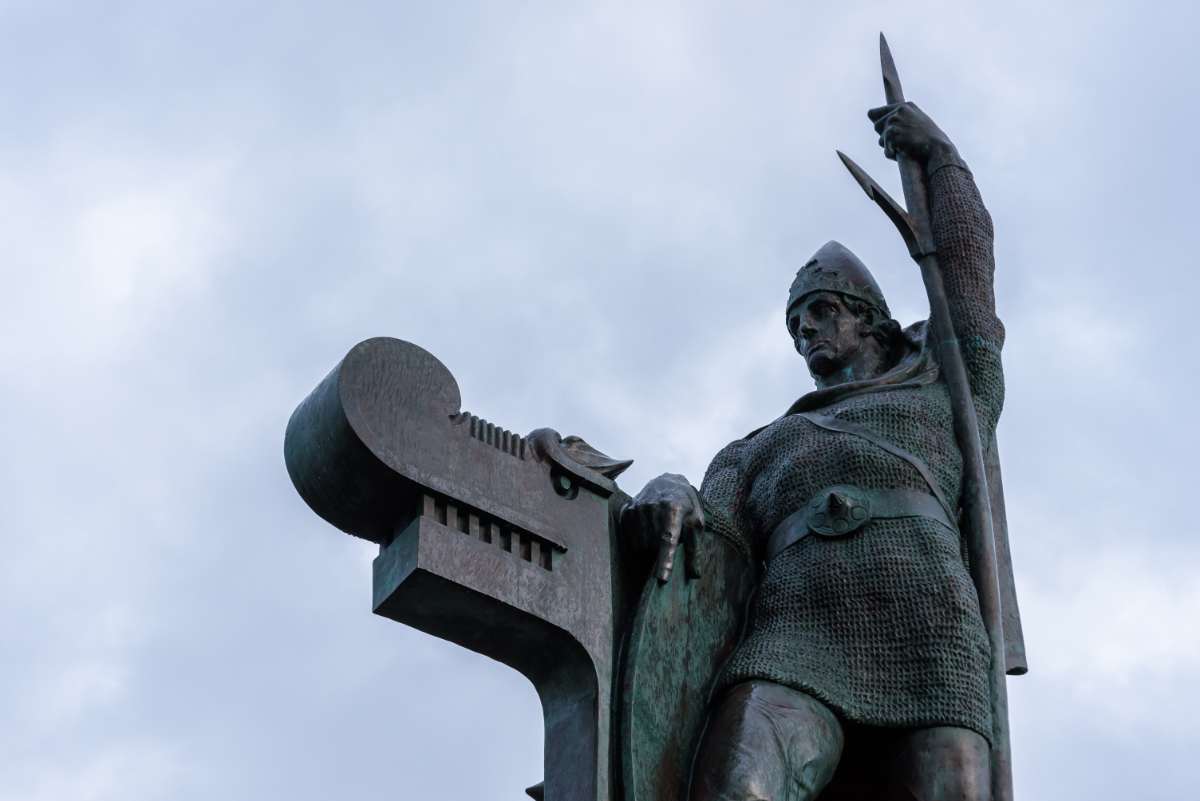
The First Settlers on Iceland: Vikings in Iceland
Irish monks who lived solitary lives are believed to be among the first people to live in Iceland during the 8th century. That's before the island’s habitation by Scandinavian Vikings. To fully answer the question, ‘when was Iceland settled?’, we have to visit The Book of the Icelanders (Íslendingabók).
Written 250 years after the event, in 1130, this book dates the settlement of Iceland between c. 870 - 930 AD. A second source from the 12th century, The Book of Settlements, (Landnámabók), affirms the date of Iceland’s settlement as the year 874 AD. Right when Ingólfur Arnarson became the first permanent settler in Iceland.
Ingólfur came from Norway to Iceland with his wife, half-brother, families and slaves to settle in what they would call Reykjavík. As the boat approached closer to Iceland’s shores, Ingólfur cast two wooden poles out to sea. He then vowed to settle wherever the poles landed, leaving the decision up to the gods.
For the first winter, Ingólfur settled on a cape that is today called Ingólfurshöfdi. He stayed there until his slaves found the pillars in a smoky southwestern bay three years later! That’s how Ingólfur founded Reykjavík, which literally means ‘smoky bay’ in Old Norse, so named due to the plumes of smoke rising from the island’s hot springs.
Ingólfur’s half-brother, Hjörleifur, also came along and settled in a cape called Hjörleifshöfdi. When Ingólfur went to visit his brother a year later, he discovered that he’d been murdered by his slaves.
Ingólfur found his brother’s murderers taking refuge on some islands and killed them. These islands are today called the Westman Islands (Vestmannaeyjar). They were named after the Western (Irish) men who lost their lives there.
Now we’ve answered the question ‘when was Iceland settled?’, let’s move on to find out how Iceland developed after this initial occupation.
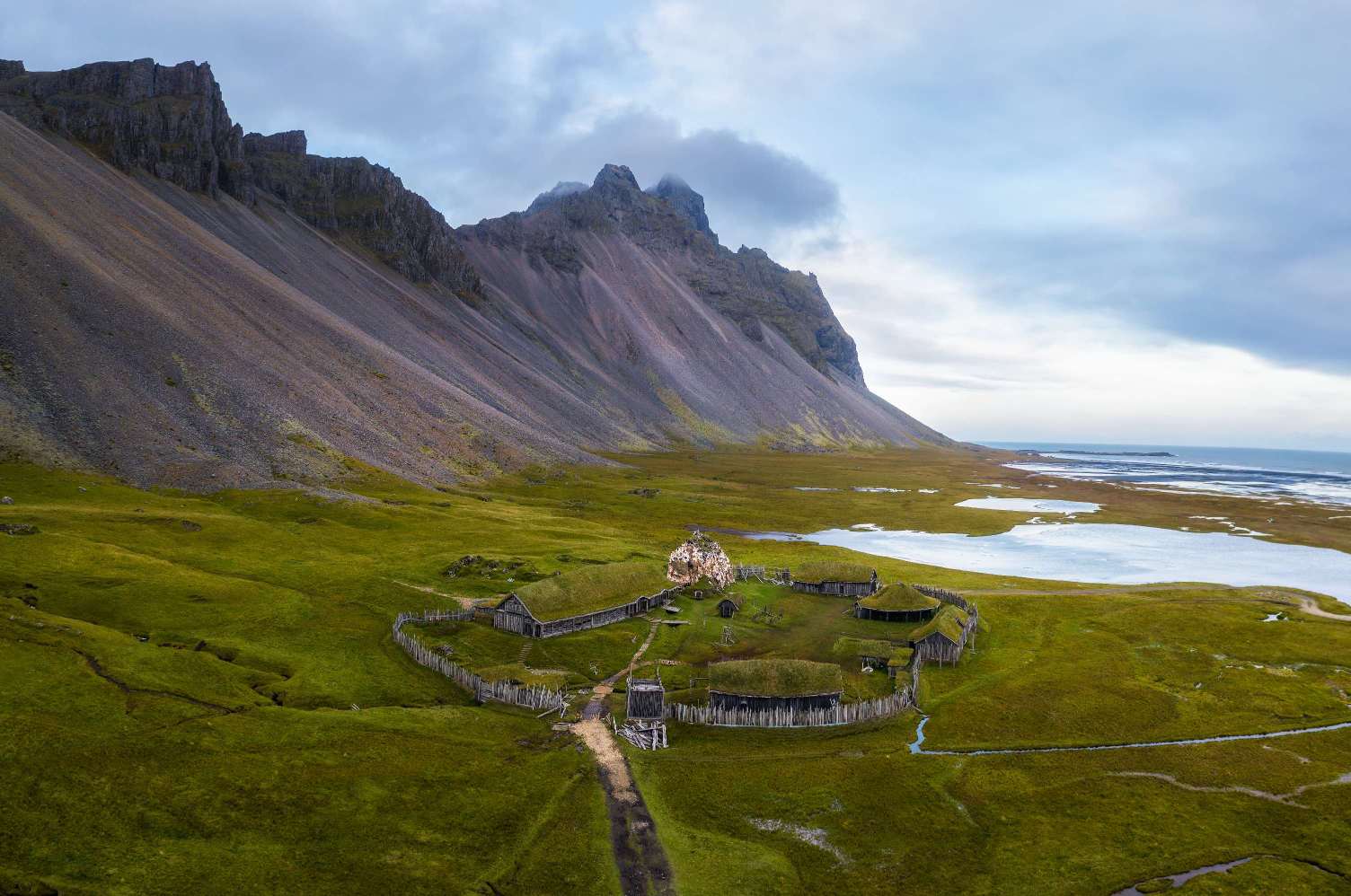
Life in Early Iceland
What was life in Iceland like during the Viking Age? Let’s find out all about early Iceland history, including religion, politics, architecture and trading.
Establishing Iceland’s Parliament
Iceland was quickly settled due to Norwegians wanting to escape conflict at home and seeking new land to farm. A new form of governance was required, leading to the formation of the ‘Althing’, believed to be the oldest parliament in the world.
The parliament is located in Thingvellir National Park, which is part of the iconic Golden Circle route in Iceland. The Althing held its sessions in the park until the 19th century, when it moved to Reykjavík.
Turf Houses in Early Iceland
An estimated 40% of the land was covered with trees when the Vikings first settled on Iceland. These trees were quickly cut down to build houses, ships and fires. When almost all the trees were gone a century later, Turf houses (sod houses) started to be built.
These Viking houses were made of sod (the ground surface) piled into walls to provide insulation. Often built into a hillside, Turf houses had big fires in the center and needed frequent repairing due to water damage.
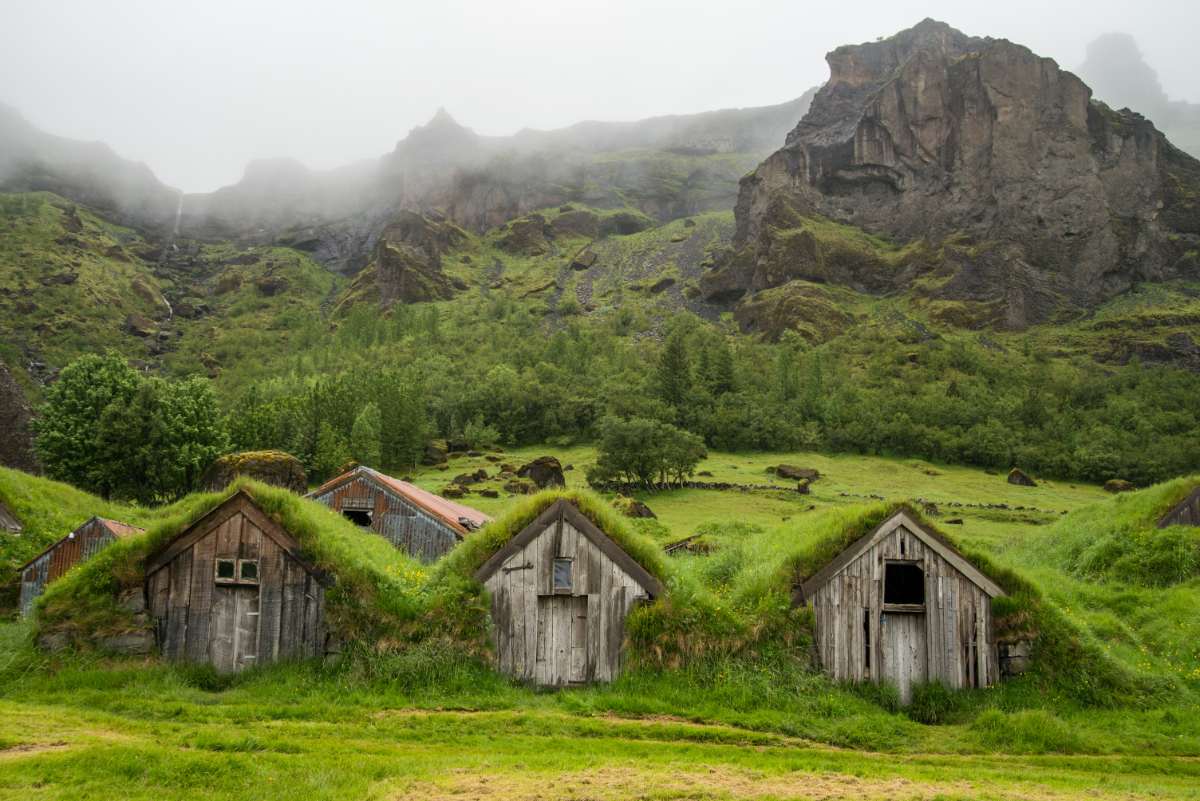
Iceland’s Trading in the Viking Age
Trading with neighboring Scandinavian countries and other European nations was vital to sustain life on Iceland. Although the country was rich in cattle, sheep, pigs, poultry and fish, other essentials were acquired through trade.
Here are some of the goods that Icelanders imported from various nations:
- Iron and furs from Sweden
- Whetstones, soapstones, barley and timber from Norway
- Walrus fur, skins and ivory from Greenland
- Silk, spices, wine, fruits, silver, jewelry and gems from Byzantium
- Wheat, tin, honey and barley from England
- Amber, wax and slaves from Russia
- Soapstone from the Shetland Islands
Iceland itself would export fish, animal fat and woolen clothing.
From Paganism to Christianity in Iceland
A key part of early Icelandic history, religion was one of the defining issues of the day. The Viking Pagan religion of the Norse gods was prevalent in Iceland, It was so until a man named Olaf Tryggvason, the King of Norway from 995 to 1000 AD, forced Icelanders to convert to Christianity.
The king sent flocks of missionaries in 995 AD and 999 AD to persuade Icelanders to take on Christianity. Having tried twice (unsuccessfully) the King resorted to more forceful methods. In a defining moment in Iceland’s history, he blocked the ports of Norway and closed all trading routes to Iceland.
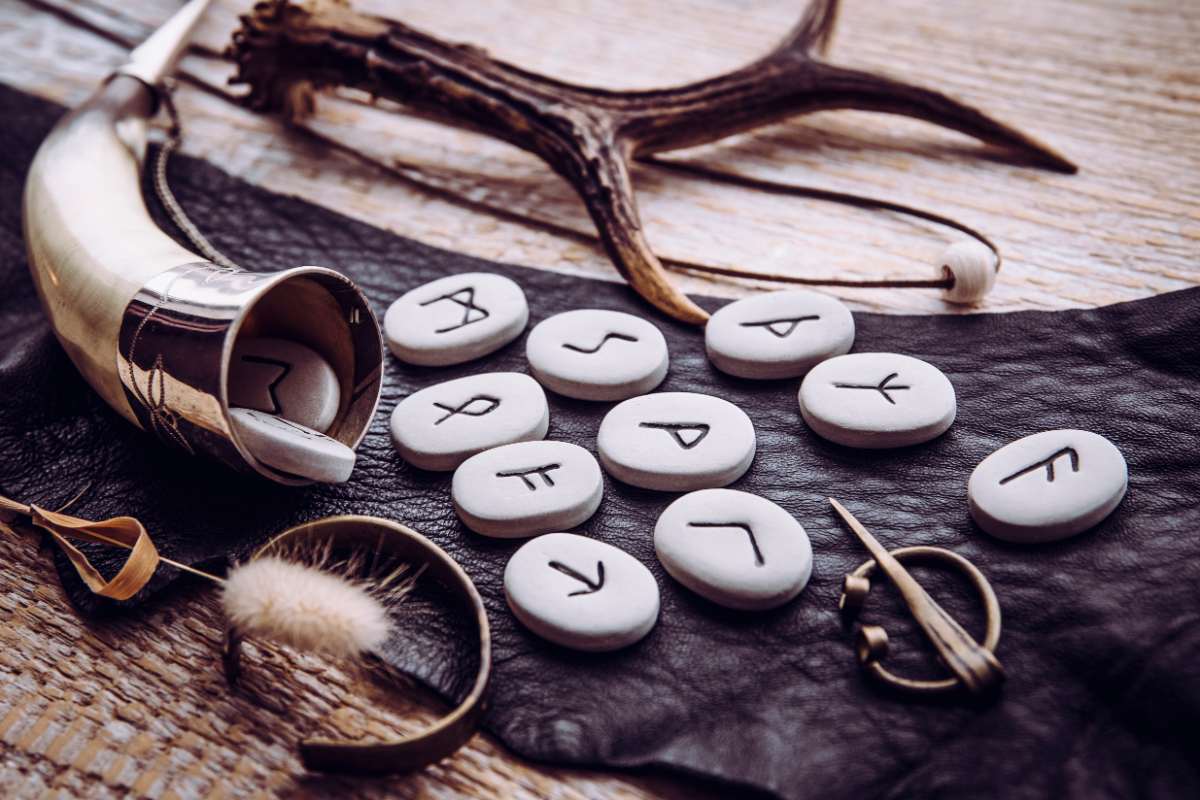
A lawspeaker named Thorgeir Thorkelsson was elected to make the decision as to whether Iceland should convert to Christianity. He was elected due to his reputation as a peaceful and reasonable man. After spending one night under a fur blanket, he decided that Iceland should, in fact, adopt Christianity. This story is where the common Icelandic phrase ‘to lay under fur’ came from, which means to make a big decision!
As Iceland turned to Christianity, Thorgeir threw his pagan totem statues into the waterfall of the gods or ‘Godafoss’, as it is known today. He stipulated that three Pagan practices would still be allowed. These are: eating horse meat, holding Pagan party celebrations and killing ‘excess’ children. Icelanders believed that there were only a certain number of people that the island could hold.
As soon as the Church achieved complete control over the island, these practices were quickly forbidden.
Iceland Commonwealth
It existed between the establishment of the Althing in 930 AD and the pledge of allegiance to the King of Norway in 1262. The Icelandic Commonwealth, also known as the Icelandic Free State, was a political system with no coercive power over the citizens. No law-enforcement agencies existed in this Iceland Commonwealth.
‘Chiefs’ were chosen by the citizens and chiefdoms could be sold, given away or inherited. This system of minimal governance remained stable for at least three centuries and was commonly referred to as the ‘Golden Age’ in Iceland.
The Icelandic Commonwealth eventually collapsed due to external influences that disrupted the social balance. That led to fewer chiefs, each with more resources.
Iceland’s Civil War: The Age of the Sturlungs
A civil war shook Iceland in the 13th century, known as the Age of the Sturlungs, so-called due to the most powerful family clan of the time being the Sturlungs. The Icelandic Civil War was defined by conflicts between local chieftains, leading to wars fought by their followers.
In 1220, Snorri Sturlung became a vassal of Haakon IV, the King of Norway from 1217 to 1263, with the mission to bring Iceland under Norwegian control. Snorri’s nephew, Sturla Strurlung, also became a vassal to the Norwegian King in 1235 and took a more aggressive approach. This led to the largest armed conflict in the history of Iceland, the Battle of Orlygsstadir (1238), where Sturla was defeated.
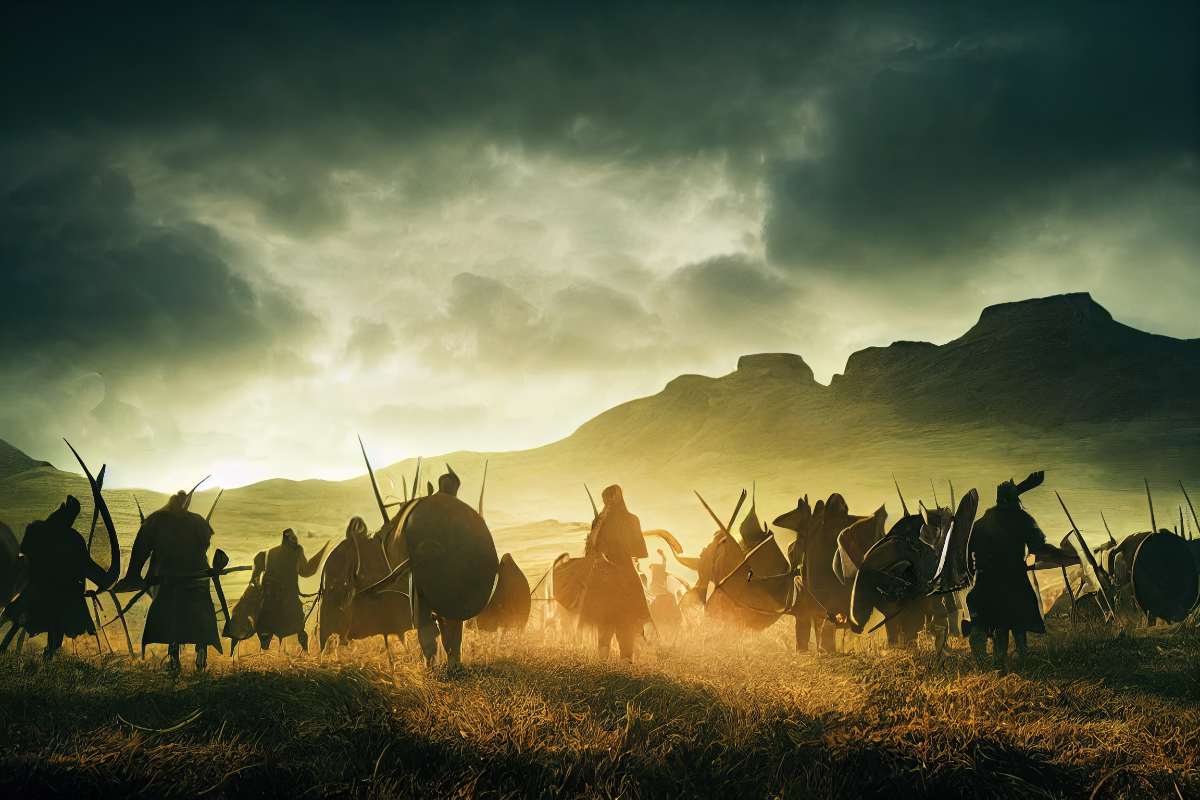
Another vassal and opponent of Sturla called Gissur Thovaldsson murdered Snorri on the King’s demands, due to his part in an attempted coup. Gissur pushed the King’s agenda, leading to the eventual signing of the Old Covenant. That ended the Icelandic Commonwealth and brought Iceland under Norwegian control.
Laki Eruption
Icelanders witnessed a series of volcanic eruptions through the 1700s, culminating in the eight-month Laki eruption. It is considered to be the greatest lava eruption on Earth in recorded history. Starting in June 1783 and ending in February 1784, this violent eruption spewed around 14 cubic kilometers of lava. Sadly, it killed almost all of Iceland’s livestock and 9,000 Icelanders.
Hunger, extreme heat and toxic gas were among some of the causes of death from the Laki eruption. The devastating consequences of this eruption were felt far beyond the shores of Iceland.
The whole of Europe was subject to dangerous weather changes, including acid rain and flooding. Monsoon cycles were disrupted in Africa and India too. Likewise, other nations suffered famine and poverty due to the eruption, including Egypt and France.
An Independent Iceland
Between 1870 and 1914, around 20,000 Icelanders immigrated to Canada and North America searching for better opportunities (and better weather!). They were also escaping the volcanic eruptions and hard labor of rural living in Iceland.
Most Icelanders who remained on the island wanted independence, leading to a defining moment in modern Icelandic history. In 1918, a contract called the Act of Union, which made Iceland an independent state within the Kingdom of Denmark, was signed.
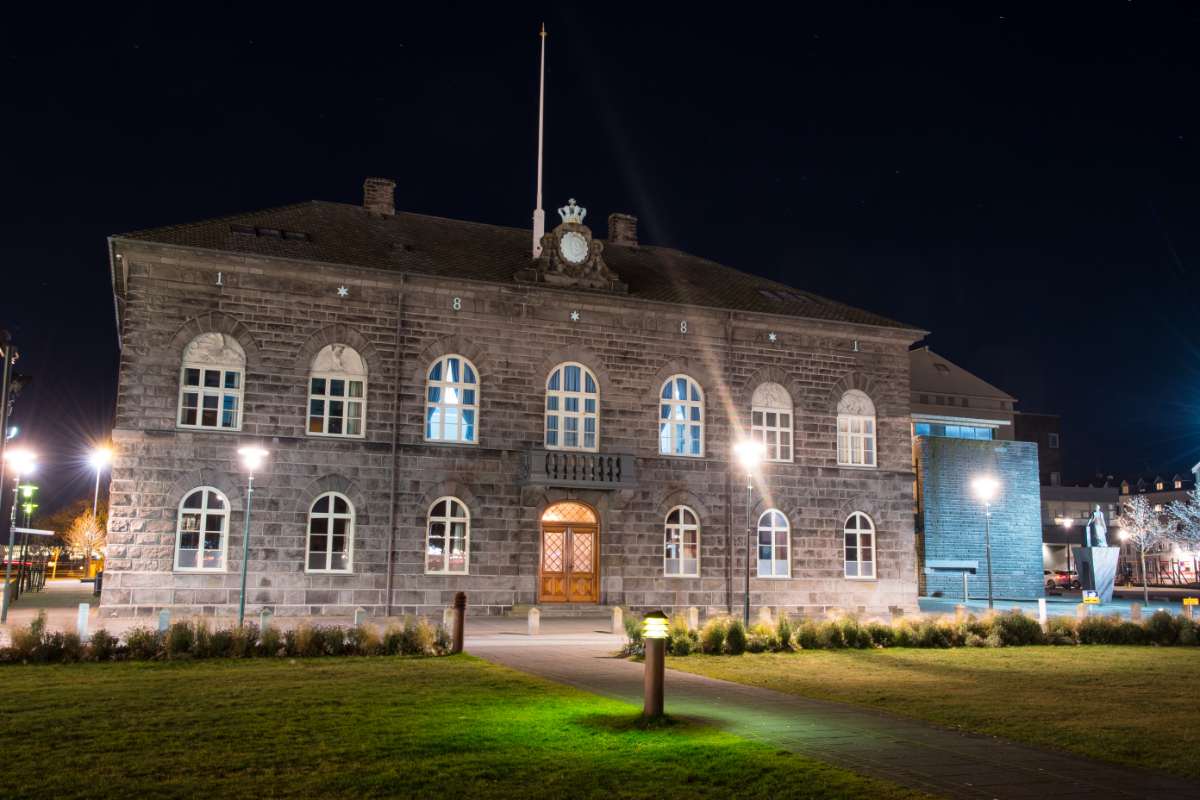
The final step to Iceland becoming independent took place in 1944, when Iceland became a republic. 97% of Icelanders voted in favor of independence from Denmark. The leader of the Icelandic independence movement, the politician, Jon Sigurdsson, is credited as the man who founded modern Iceland.
The Occupation of Iceland During World War II
During World War II, the Axis powers occupied Denmark, leading to concern in Britain that Iceland would soon be their next target for occupation. Lying in the Atlantic between the Americas and Europe, Iceland’s location is of enormous strategic importance. The Allies knew that whoever occupied Iceland would have control over the sea and air in this large stretch of ocean.
Although Iceland remained neutral throughout World War II, the Icelanders were accommodating to the British soldiers and provided no resistance. When the British troops left as they were needed on the continent, they were replaced by US soldiers in Iceland, who remained there until 1946. During this time, many developments took place in Iceland, such as the building of airports, harbors, roads and hospitals.
Iceland History Facts: All About Iceland in the 21st Century
- Iceland became a founding member of NATO in 1949, despite protests in Reykjavík at the remilitarization of the country.
- The US Navy remained in Keflavik Naval Airport until 2006.
- According to the NATO Defense Treaty, the US has a responsibility to defend Iceland for an undisclosed time period.
- Iceland hosted the Reykjavík Summit in 1986. It was a meeting about nuclear disarmament between US President Ronald Reagan and General Secretary of the Communist Party of the Soviet Union, Mikhail Gorbachev.
- The world’s first democratically elected female head of state, Vigdis Finnboadottir, became President of Iceland in 1989.
- Iceland joined the European Economic Area in 1994.
- The 2008 financial crisis hit Iceland hard, leading to widespread unemployment and a collapse in the country’s GDP. Tourism would later help to boost the country’s economy again.
- In 2010, Eyjafjallajökull volcano erupted. It caused widespread disruption to air travel across Western Europe.
- The Icelandic Men’s Soccer Team played in the World Cup for the first time in 2018, making Iceland the smallest country to ever qualify.
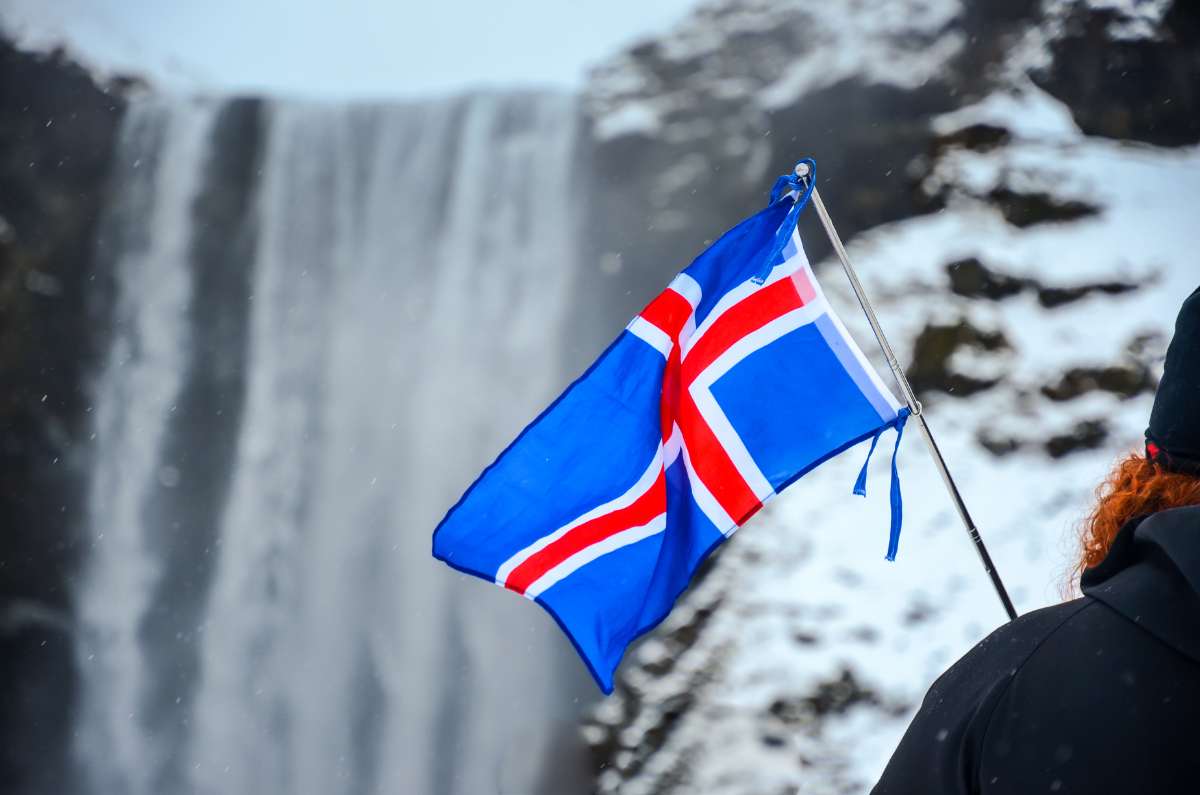
Ready to Discover Iceland for Yourself?
Inspired to discover Iceland for yourself after reading our complete Iceland history guide? We don’t blame you! This fascinating country boasts a rich cultural heritage and incredible geology to match. From visiting the Sun Voyage statue in Reykjavík, based on traditional Viking boats, to exploring Thingvellir National Park, the seat of the world’s oldest parliament, Iceland has it all.
Set sail, hit the road and take to the skies to make your dream Icelandic vacation a reality! Reserve your rental car in Reykjavík now to give you the ultimate freedom to explore this magical island and discover its rich history.


 By
By


